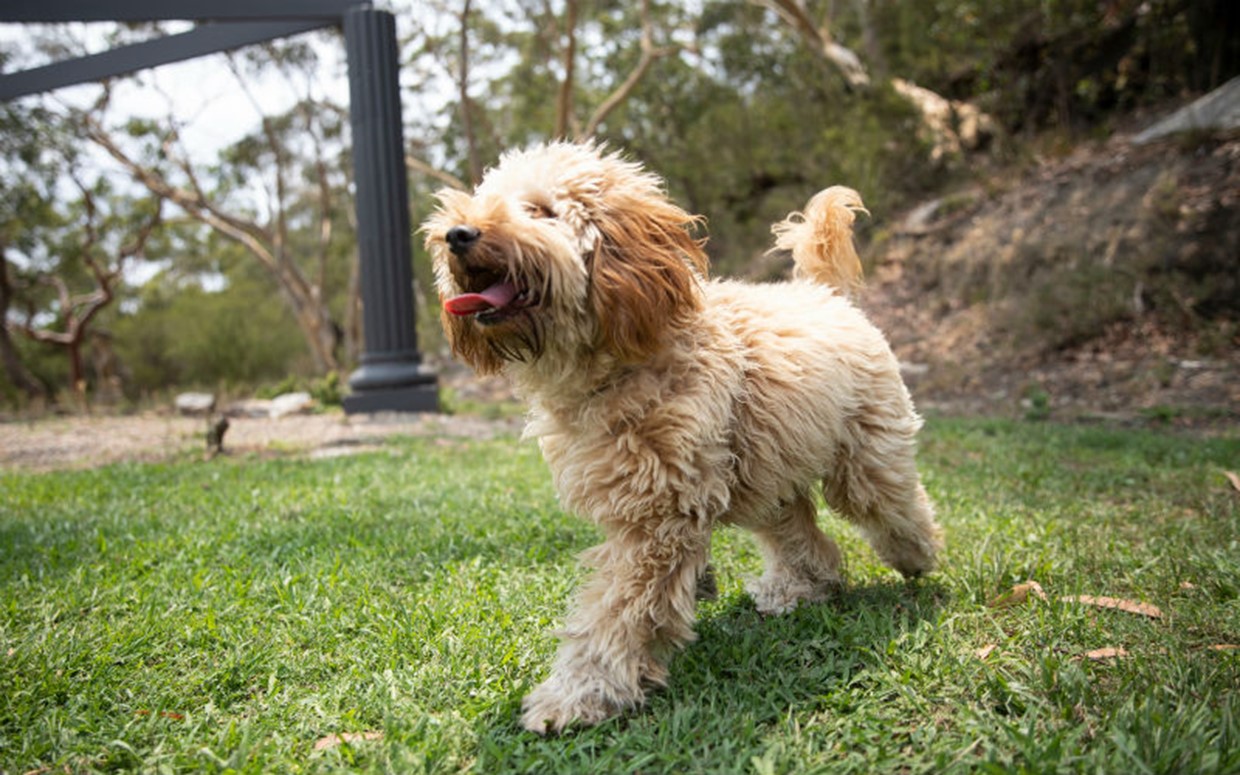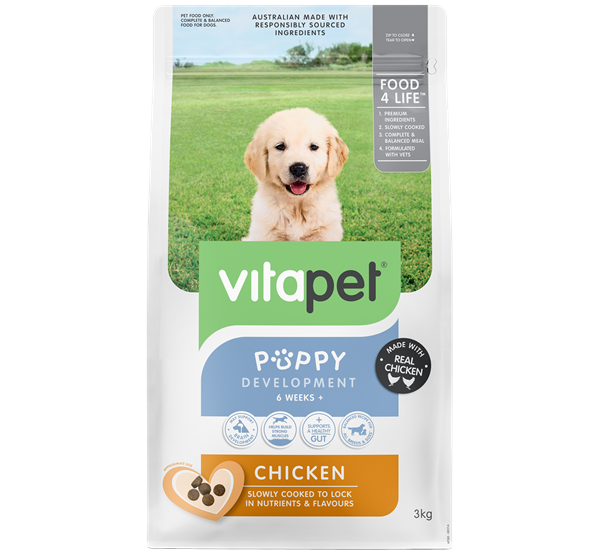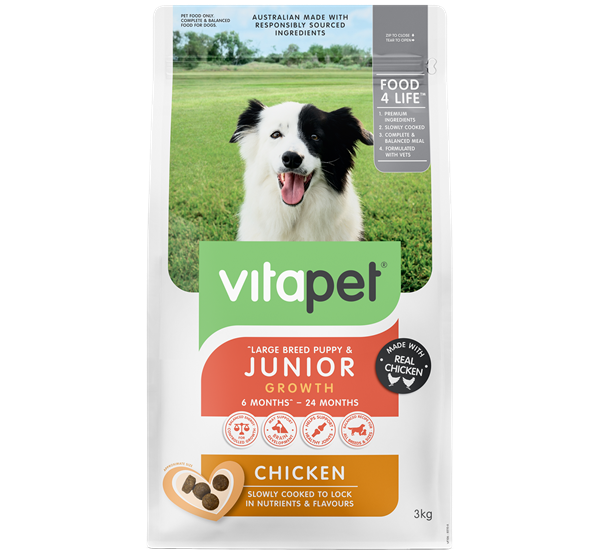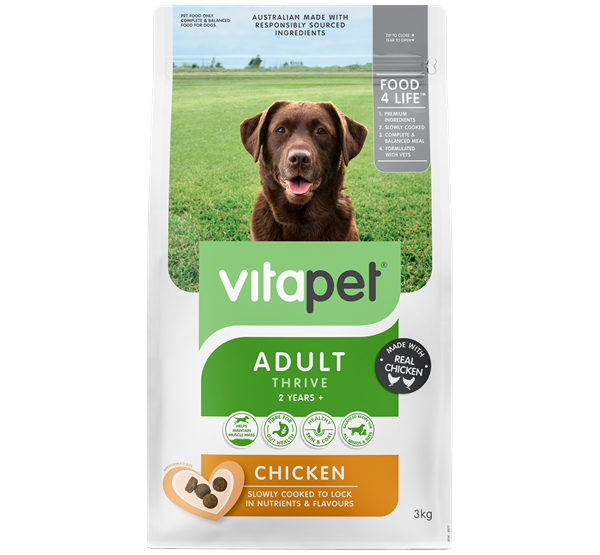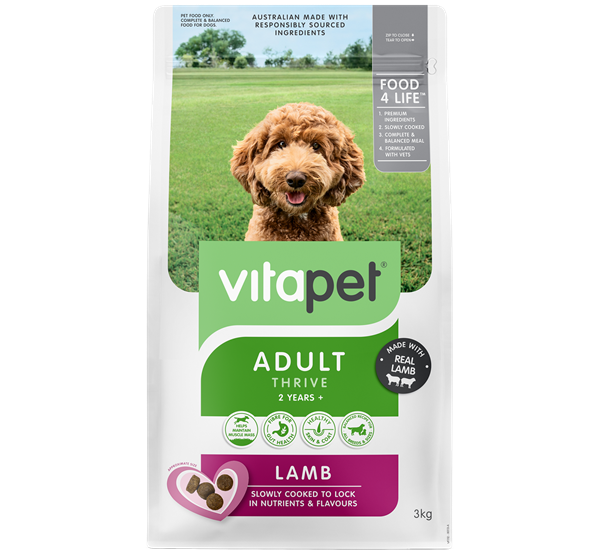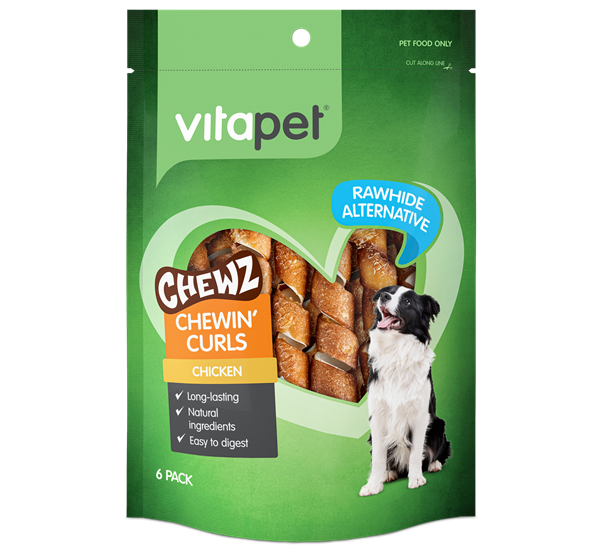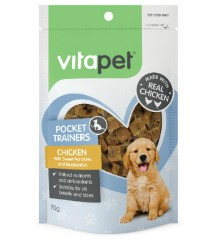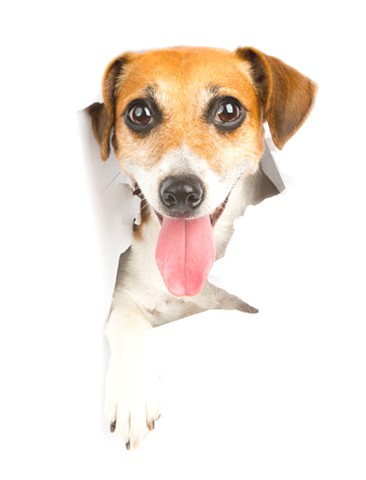Just like us, our four-legged friends can occasionally catch a virus that may temporarily render them a shadow of their usual loving, excitable and adorable selves. But unlike us, they can’t walk themselves to the doctor for a prescription, so they need us to look out for them. Below, we explore one of the most well-known viruses in dogs, the canine parvovirus, so you know what to expect and what action to take, if your dog catches it.
What is canine parvovirus?
The canine parvovirus is a highly contagious virus that affects the gastrointestinal tract of dogs. So, in short, it’s something you’d rather your pooch doesn’t catch, because an infection can be life-threatening. Often, it causes vomiting, diarrhoea, loss of appetite and fever, especially in puppies.
The canine parvovirus is a non-enveloped DNA virus, which is entirely unrelated to COVID-19. The latter is a non-enveloped RNA virus. This means, they are structurally different and replicate via different mechanisms.
How do puppies and dogs get parvovirus?
Much like many human viruses, our pooches can pick up the parvovirus a number of different ways. Your dog is not aware of these transmission points, so need to stay alert. Puppies and dogs, especially when unvaccinated, can be infected from exposure to contaminated environments (e.g. soil) or contact with an infected dog. So it takes a bit more than makign sure your dog doesn't get cold.
The virus can also be transferred to dogs kept inside via our shoes and clothing.
During an infection, a dog can pass a billion parvovirus particles per teaspoon of stool. The virus is very resistant to environmental influences and is capable of surviving for at least six months, often longer.
What are the symptoms?
You should be able to spot the symptoms in your best friend four to 14 days after exposure. They usually become more serious as more time passes. Look out for:
- Depression
- Loss of appetite
- Diarrhoea with blood
- Vomiting
- Fever
- Severe dehydration
What’s the treatment?
The good news is that the virus is treatable. So if your pooch does show signs of contraction, it’s best you remain calm, give them a good old pat and then be off to the vet.
Depending on the severity of the infection, your puppy may require intravenous fluid therapy, antibiotics, specific nutritional support, specific medications and intensive nursing care. Some may even require hospitalisation at a veterinary hospital, often in an isolation room as the disease is highly contagious to other dogs.
While it’s hard to imagine a world without your best mate, the sad reality is, the virus is so strong that some dogs and puppies may not survive despite extensive treatment and everyone’s best efforts.
How can you prevent your pooch from catching it?
Luckily, there are vaccinations to help prevent your pooch from catching the virus. Given its severity, these are highly recommended. If you’ve got a young puppy, exposure to potentially infected environments should be minimised until their puppy vaccination series is complete at around 16 weeks of age.
Most puppies should have their first vaccine between 6-8 weeks of age, then follow up with another two boosters to top them off four weeks later respectively.
As adults, your pup should receive their boosters every 1-3 years.
However, vaccination regimes can vary depending on the type of vaccine, geographical location, and the animal itself.
Your local vet can help you determine the best immunisation schedule for your pup, so it’s best to follow their recommendations. This can help give you and your fur-pal the best shot at living your best life together.











